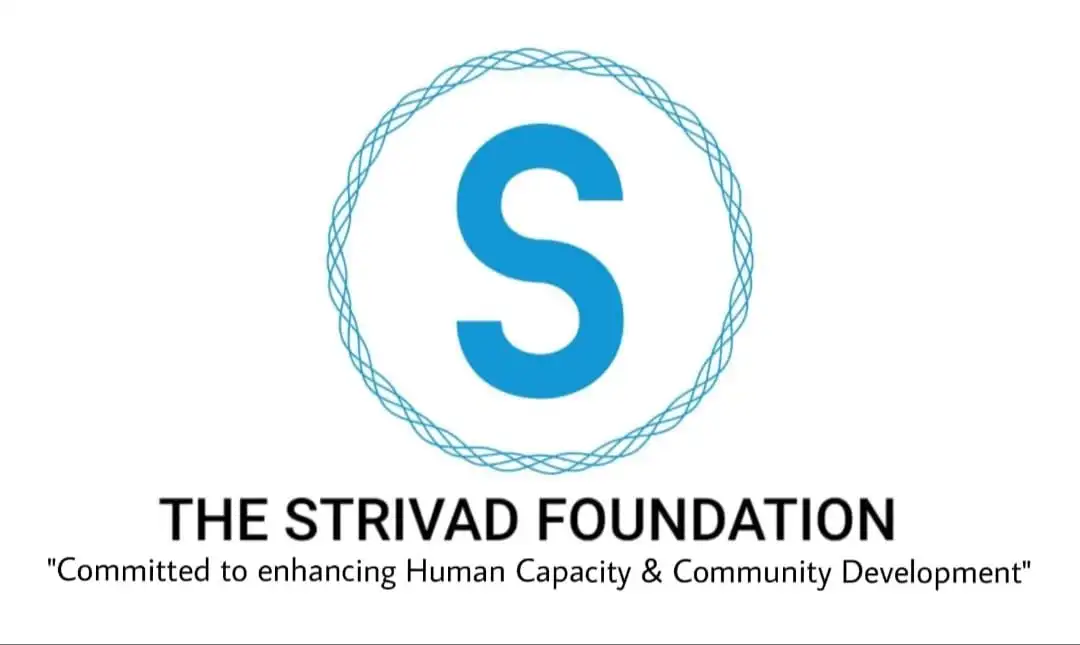Engagement in the classroom is a crucial factor in ensuring students not only absorb what is being taught but also develop a genuine interest in learning. Student engagement can be defined as the level of interest, curiosity, and participation a student exhibits in the learning process. When students are engaged, they are more likely to perform better academically, exhibit positive behaviours, and continue learning beyond the classroom.
Student engagement is multifaceted and involves behavioural, emotional, and cognitive dimensions. The behavioural engagement includes students’ participation in academic and extracurricular activities, their effort and persistence in learning tasks, and their adherence to classroom rules. As for the emotional engagement, it encompasses students’ feelings about their learning experience, such as interest, enthusiasm, and a sense of belonging within the classroom. There is also the cognitive engagement which involves the extent to which students are willing to invest in learning, including their motivation to understand complex concepts and their use of self-regulation strategies.
To improve student engagement, there are different techniques that can be employed. Active learning techniques involve instructional methods that engage students in the learning process directly. This approach shifts the focus from passive reception of information to active participation. Also, you can assign students to small groups to work on projects or solve problems collaboratively. This promotes interaction, discussion, and the sharing of ideas. You can also employ the think-pair-share technique which involves posing a question to students, giving them time to think individually, then pairing up to discuss their thoughts before sharing with the larger group. It encourages participation and deeper understanding.
The use of technology in the classroom can significantly enhance student engagement by making learning more interactive and accessible. Utilise educational apps and digital tools that promote interactive learning, such as virtual labs, online quizzes, and interactive simulations. Incorporate videos, and infographics to supplement traditional teaching materials. Multimedia can cater to different learning styles and keep students interested.
To improve student engagement, you can also employ personalised learning. It tailors instruction to meet the individual needs, preferences, and interests of each student. This approach recognises that students have diverse backgrounds and learning styles.
Also, provide varied learning materials and activities that cater to different ability levels and learning preferences. This can include offering choices in assignments or using tiered activities. Develop learning profiles for each student that include their strengths, weaknesses, interests, and learning preferences. Use these profiles to guide instruction and support.
In addition, allow students to have a say in their learning by offering choices in topics, projects, and assessment methods. This can increase their intrinsic motivation and engagement. Connecting learning to students’ lives and interests can make education more meaningful and engaging. Relate classroom content to real-world issues and applications. This can help students see the relevance of what they are learning and how it applies outside the classroom.
Implement project-based learning where students work on long-term projects that address real-world problems or questions. This approach encourages critical thinking and problem-solving. Develop strong, positive relationships with students. Show genuine interest in their lives, listen to their concerns, and provide encouragement and support.
Use formative assessments, such as quizzes, exit tickets, and peer reviews, to monitor student learning and provide feedback throughout the instructional process. Encourage students to reflect on their own learning and assess their progress. This can foster a sense of ownership and responsibility for their education. Recognise and celebrate student achievements, no matter how small. Celebrating success can boost students’ confidence and motivation to continue learning.
Engaging students in critical thinking and problem-solving activities can stimulate their intellectual curiosity and promote deeper understanding. Pose open-ended questions that require students to think critically and explore multiple perspectives. This can lead to rich discussions and deeper insights.
Allow students to take on the role of teachers and explain concepts to their peers. Peer teaching can reinforce understanding and build confidence. Form study groups where students can work together to review material, discuss concepts, and prepare for assessments. Collaborative learning can provide support and different perspectives. Implement peer feedback sessions where students review and provide feedback on each other’s work. This can promote critical thinking and constructive criticism.
Finally, Improving student engagement in the classroom requires a numerous approach that addresses the diverse needs and interests of students. Engaged students are more likely to excel academically, develop essential life skills, and become lifelong learners.














